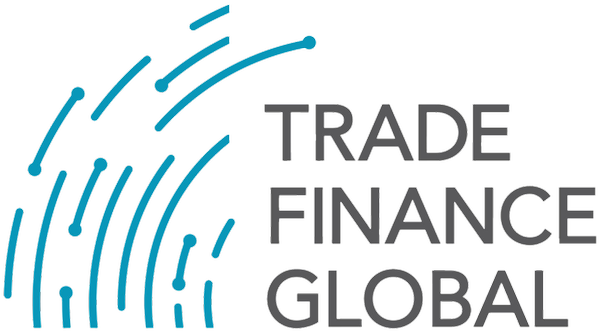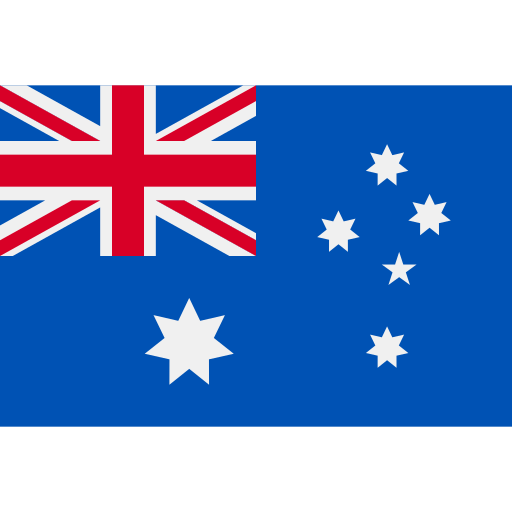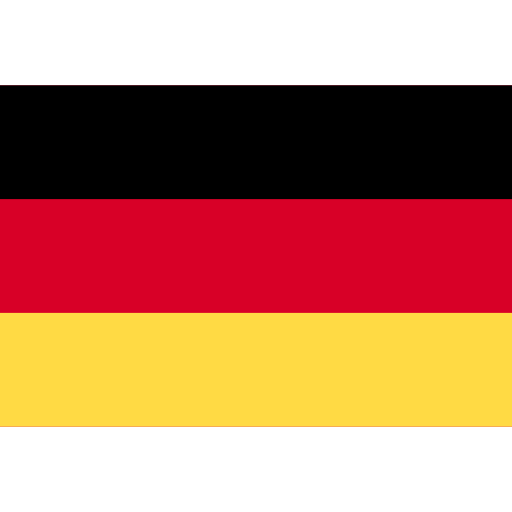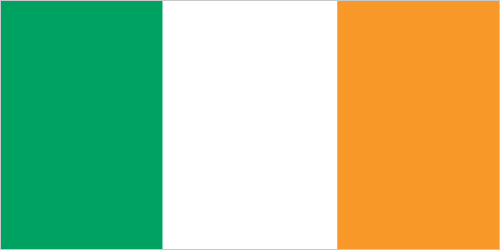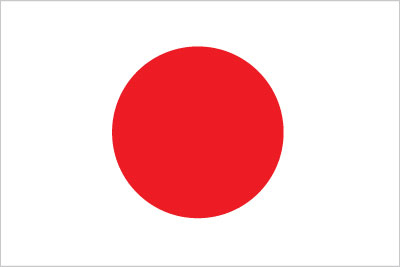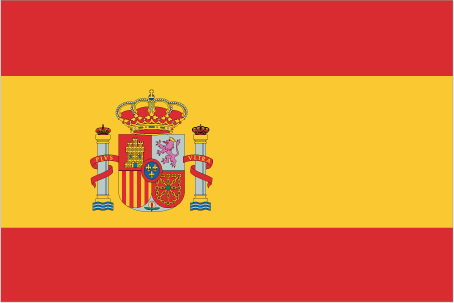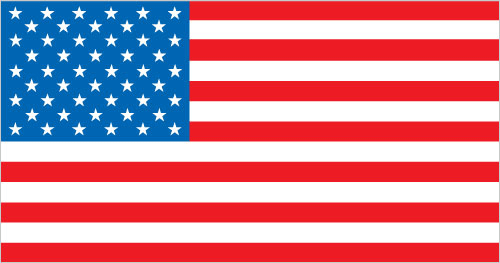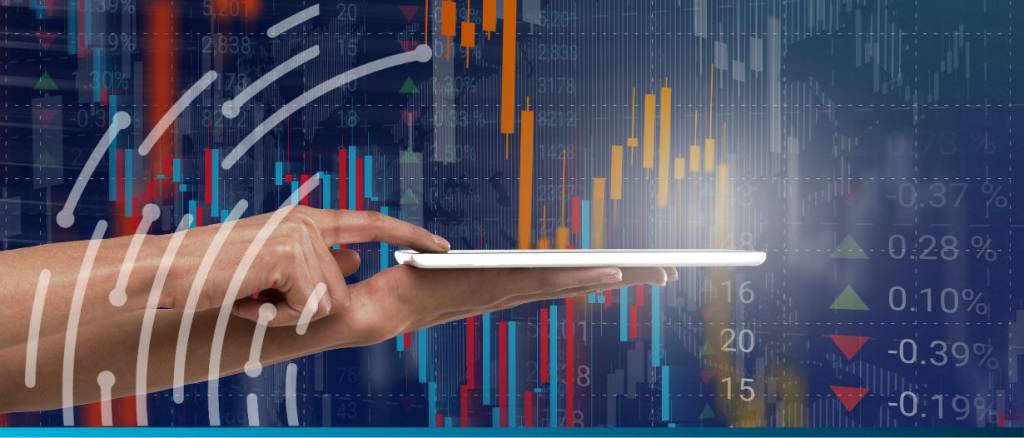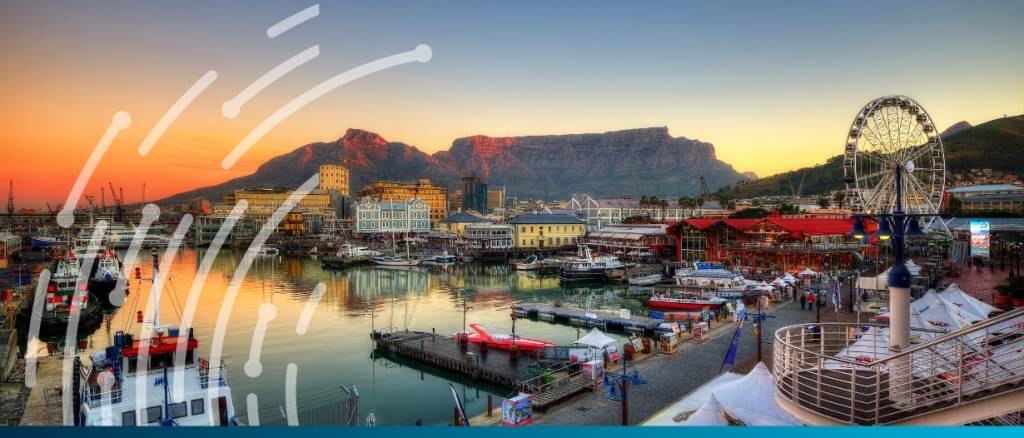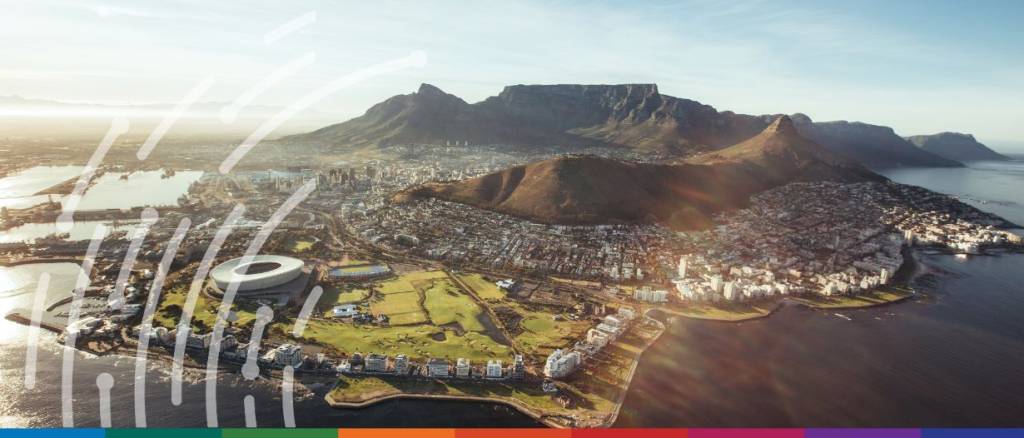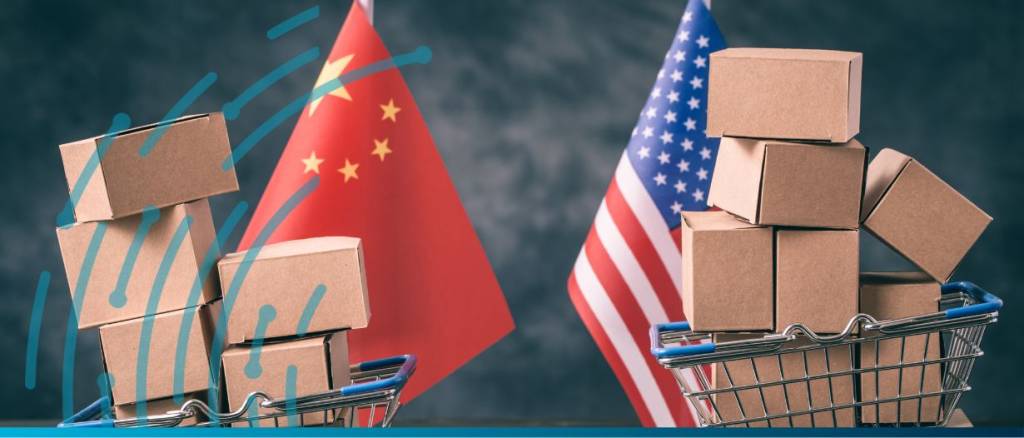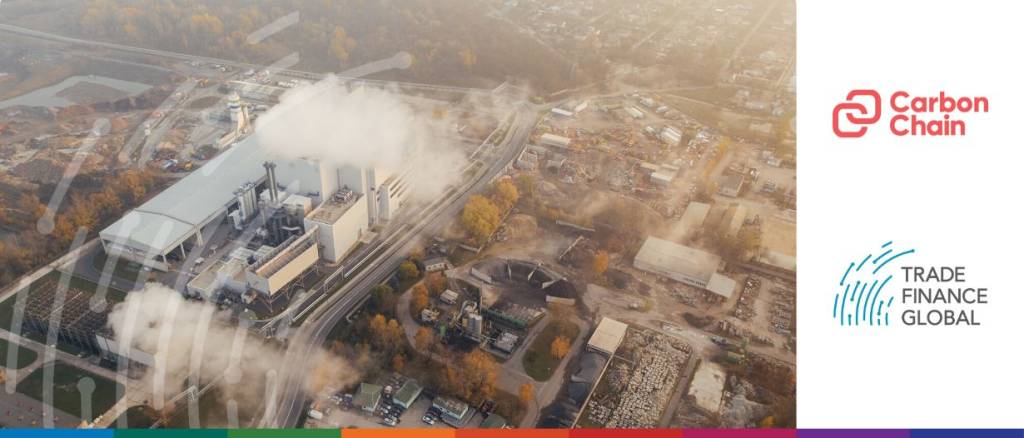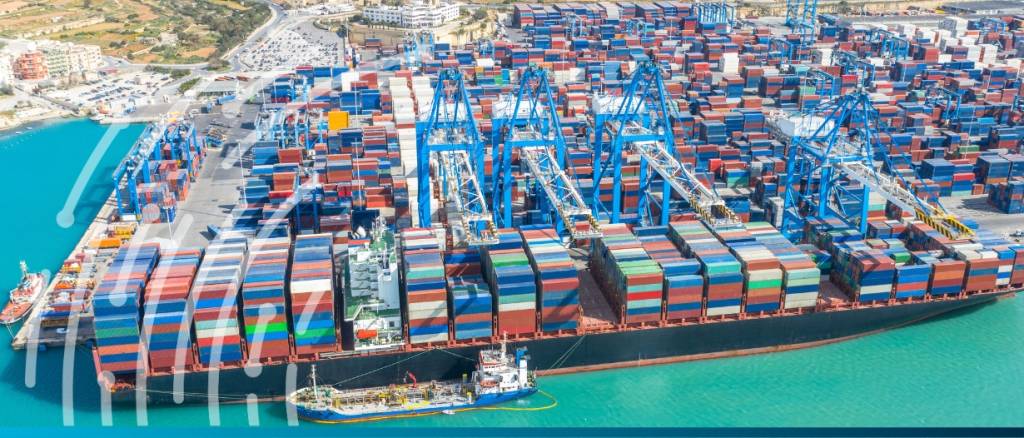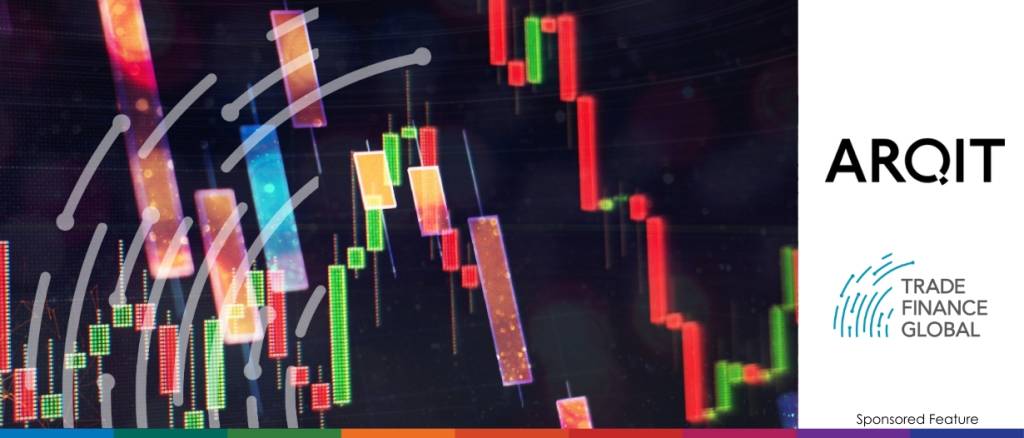At MC13, 27 February, a group of leading international organisations forged an agreement to promote a unified goal of developing a neutral, open, non-profit, and inclusive digital platform for sharing trade data.
Uncover the truth behind the hype of Generative Artificial Intelligence (GenAI) and its implications for trade finance.
As we sail through the choppy waters of global trade in 2024, we find ourselves in a world transformed by both financial and geopolitical shifts.
The World Bank has granted nearly $300 million to the Eastern and Southern African Trade and Development Bank (TDB) to enhance distributed renewable energy (DRE) and clean cooking ventures within… read more →
Learn about the debt crisis that African governments are facing & the need to renegotiate debts in order to avoid defaulting.
The Red Sea crisis hasn’t just impacted manufacturers; the delays will be hitting consumers too. For Britons, it might mean tea disruptions.
In 2023, Mexico overtook China as the United States’ largest goods exporter, based on recent trade figures. The Bureau of Economic Analysis, an agency of the US government, reported that… read more →
Europe’s first carbon tariff: EU’s CBAM requirements & deadlines apply to global supply chains & manufacturers. Learn how to prepare.
UNCTAD expresses deep concerns over increasing disruptions to global trade & Jan Hoffmann evaluates the circumstances in a briefing.
In this episode of Trade Finance Talks, TFG’s Deepesh Patel, spoke with Dominic Broom, Senior Vice President of Working Capital Technology at Arqit, exploring the imperative of striking a balance between the advantages of digital transformation and safeguarding critical data.
